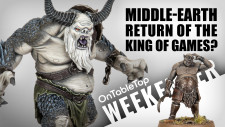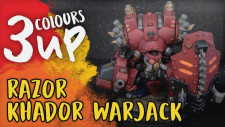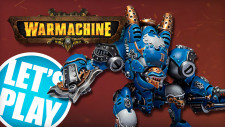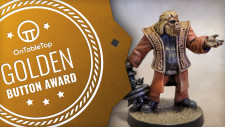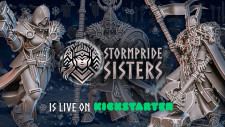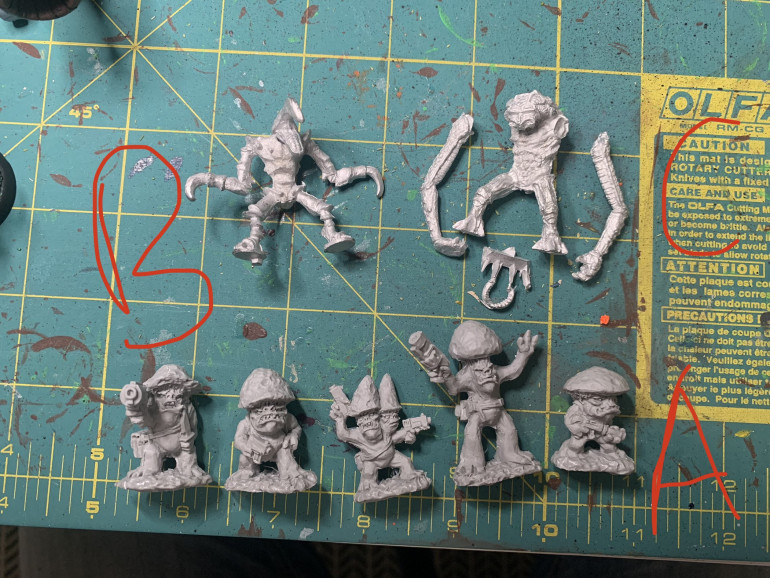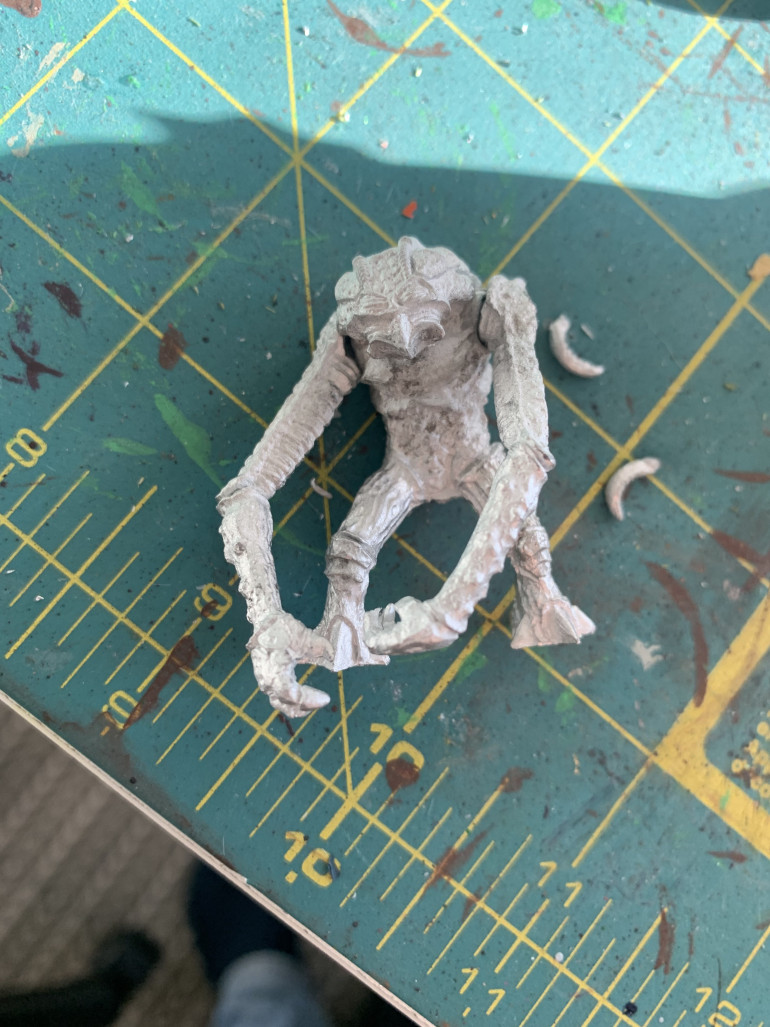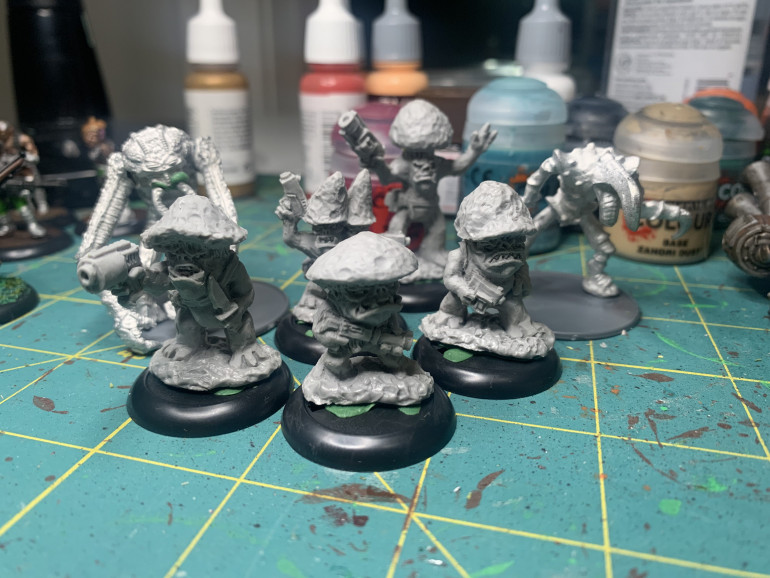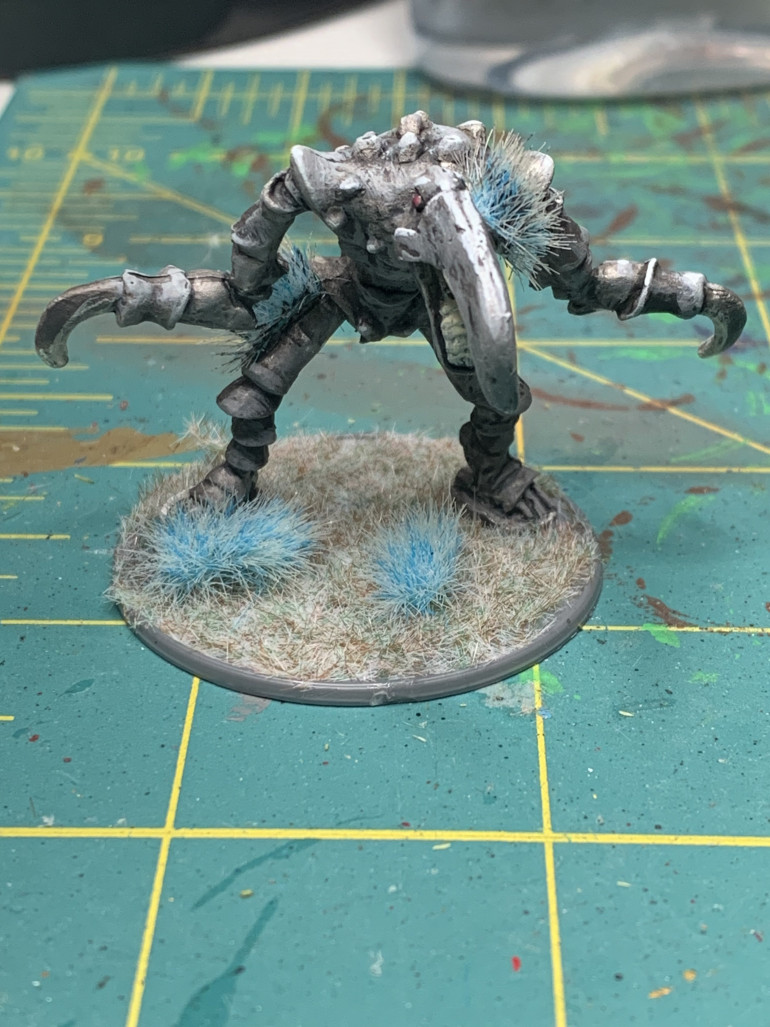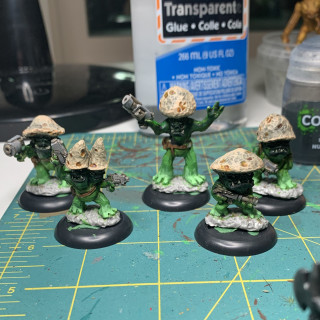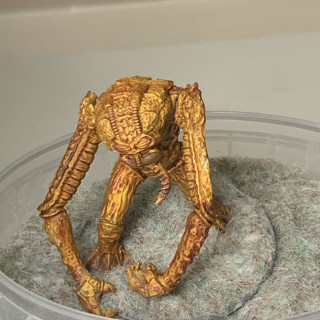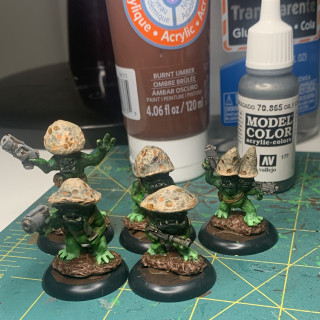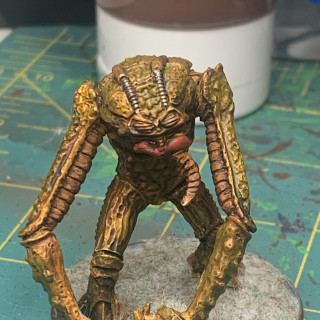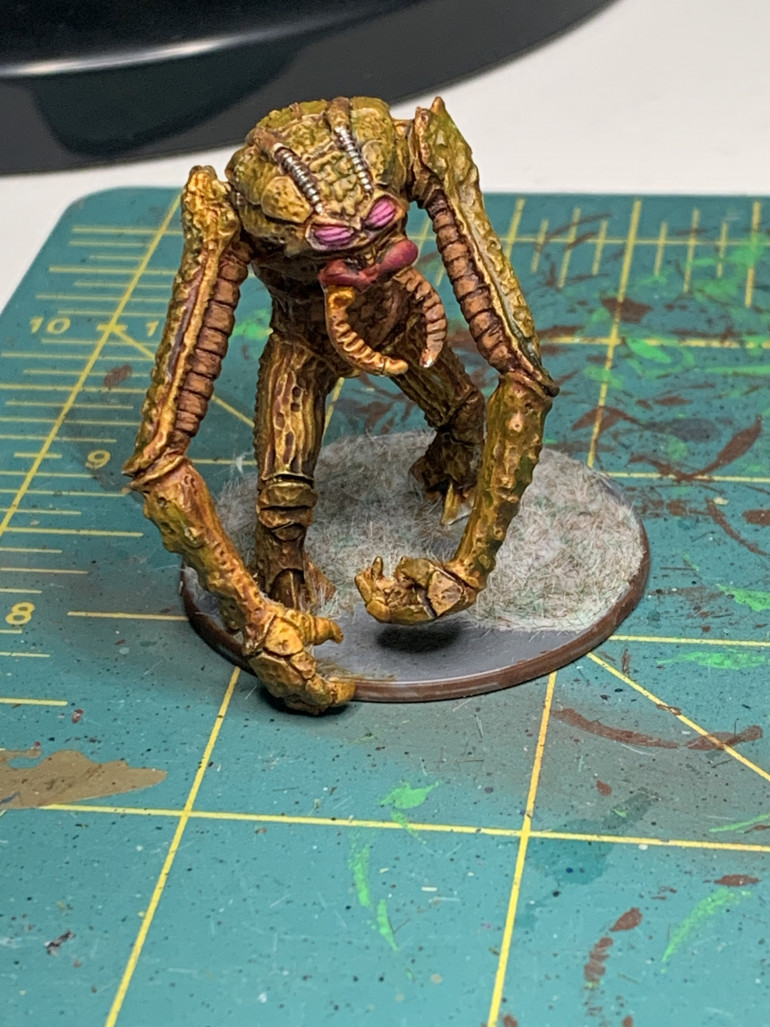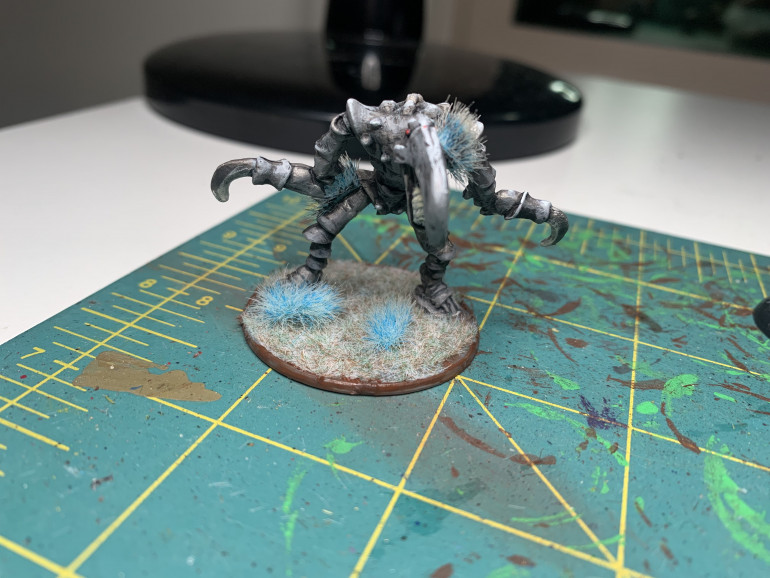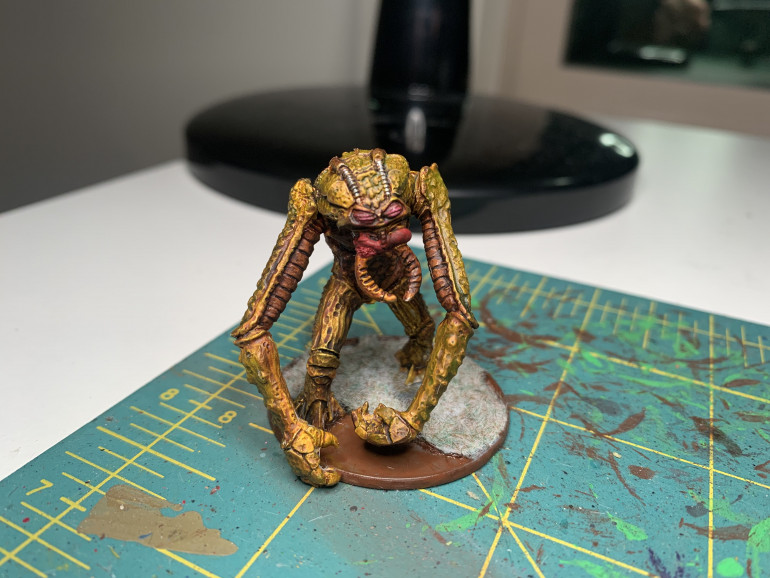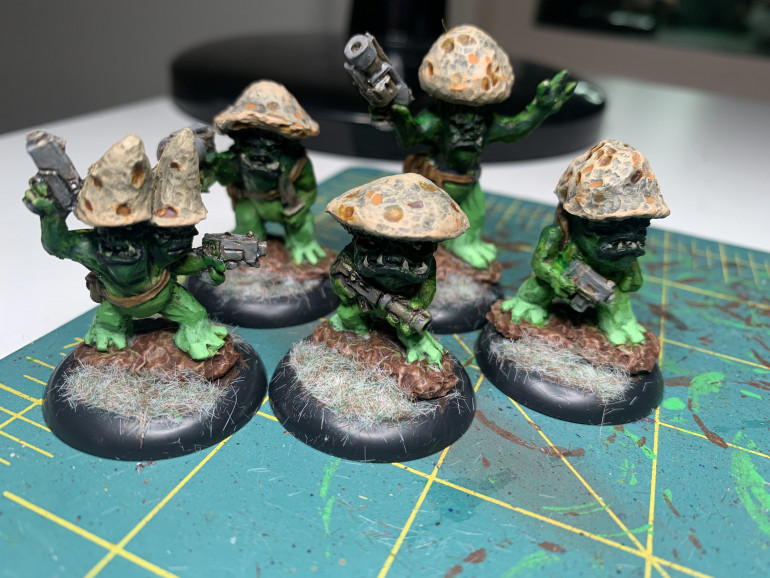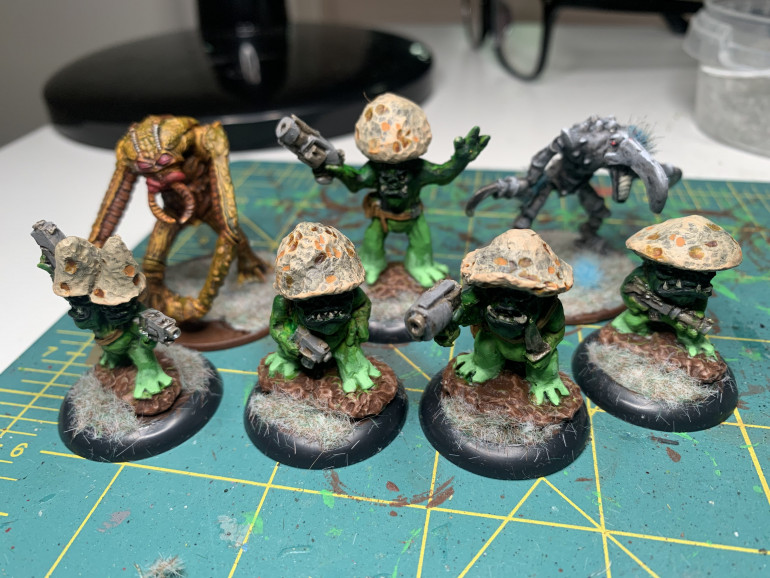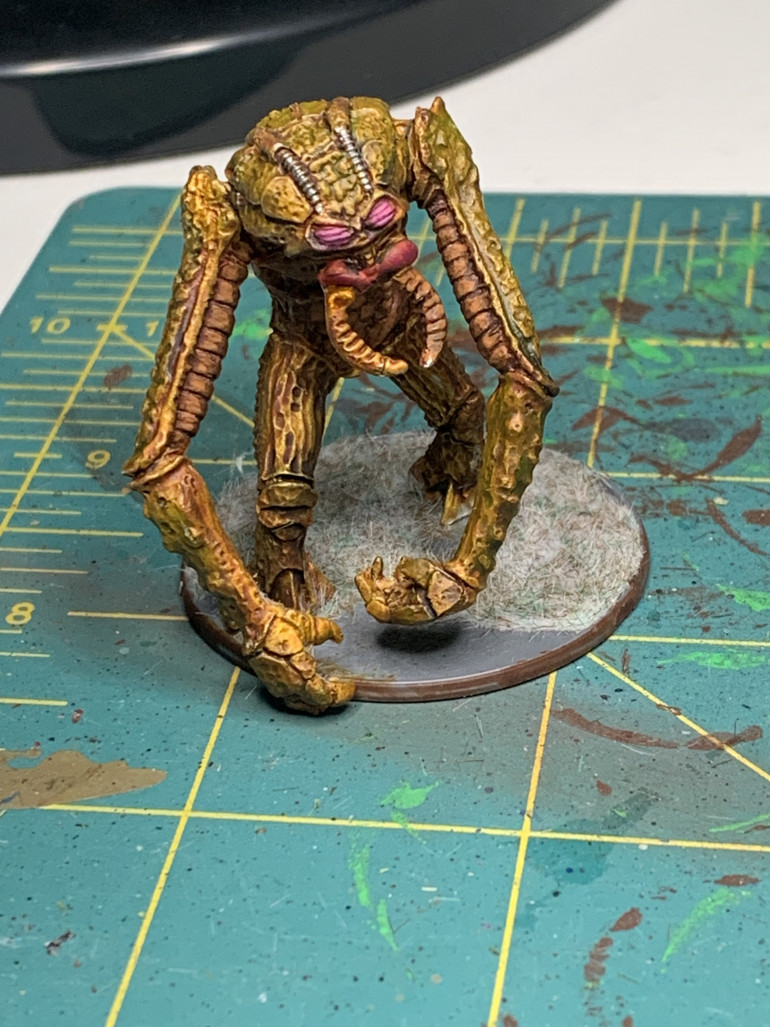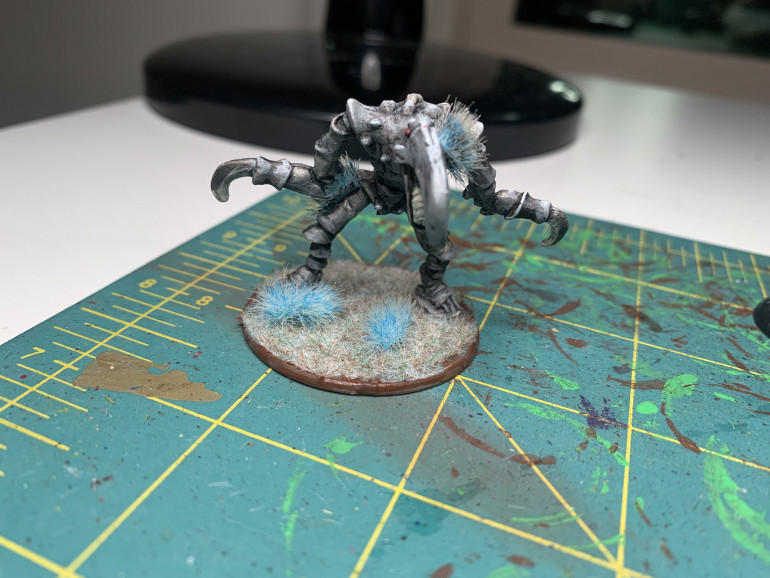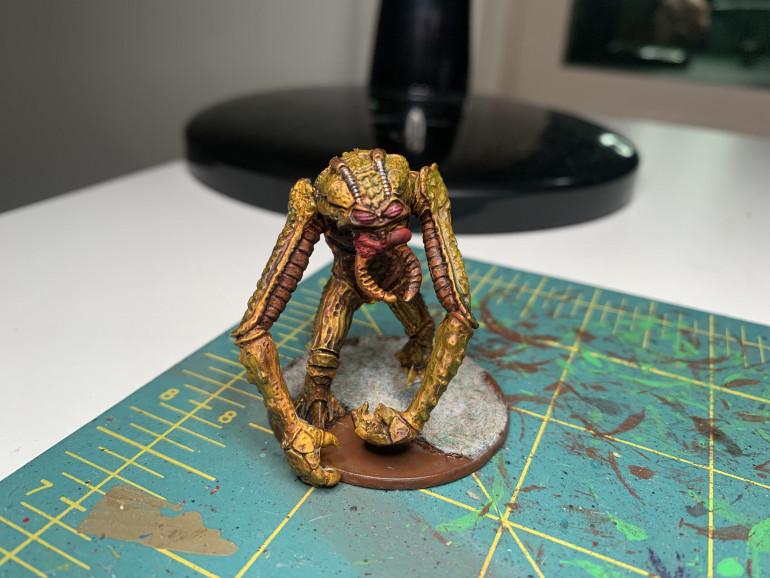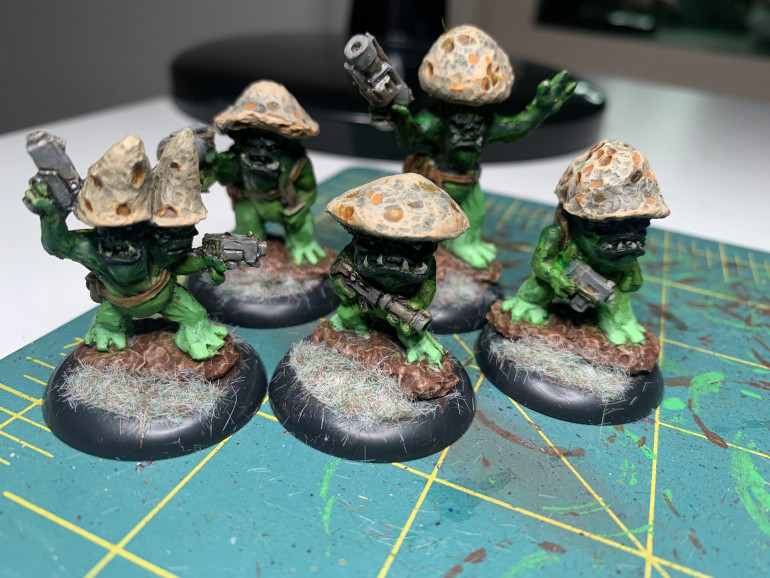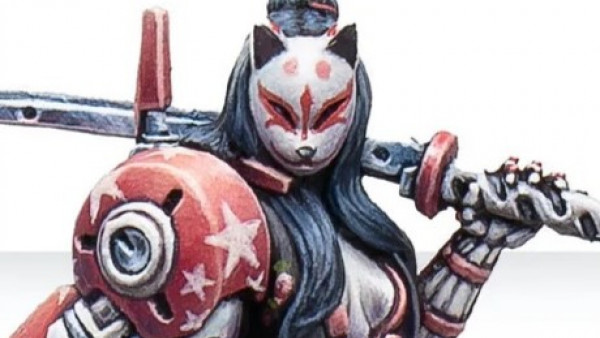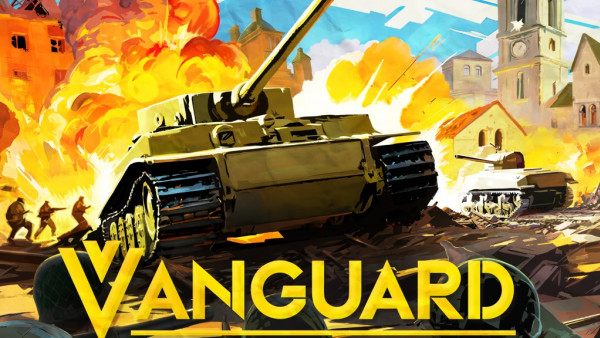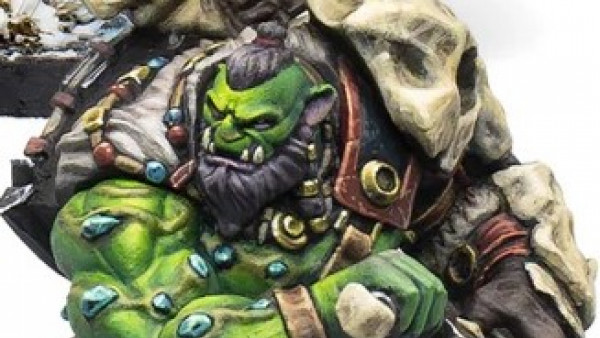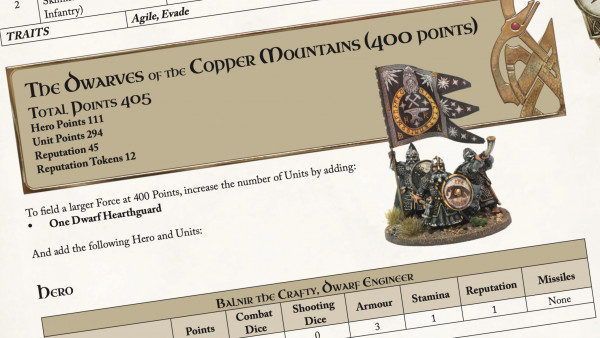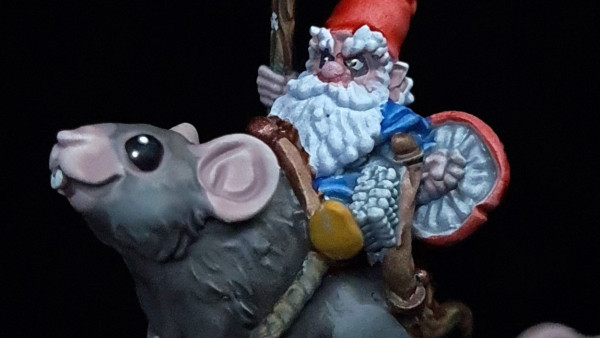
Dungeonalia – The Monstrous Denizens of Palooka Four
Recommendations: 17
About the Project
Palooka Four is a terrible little rock hiding immense wealth. Low light conditions, a weak atmosphere, and a microplanet size means that it's a hive of undesirables. Be they a gang of sentient Terribilis Dolorus fungi, a cave dwelling Homosimilis Scarabaeus, or a ambush-hunting Ferradversus Diaboli, Palooka Four rich's are well protected. But the shining, valuable Aetheralean crystals are more than worth it. Coming to nine hundred Proxs a gram, any would be treasure hunter must be well armed to secure their treasure and make it back to civilisation safely.
Related Game: Stargrave
Related Company: Old School Miniatures
Related Genre: Science Fiction
Related Contest: Dungeonalia 2023
This Project is Completed
Introduction and Day 1
For clarity and helping me focus I’ve broken up the Palooka Four project into parts A, B, and C. The goal is to complete all three parts before March 1st, although if I don’t for some reason, they are in alphabetical order of importance. The parts are:
A) The fungi bandits. All members of Terribilis Dolorus, they are a species which includes people with many talents, abilities, and emotional ranges. This group, however, are nothing more than poor space pirates living in ramshackle accommodations. Planning their next score, I am thinking of painting them like Brazil’s Mycena lucentipes or America’s Cortinarius iodes. These dudes are the Shroomnoids from Oldschool Miniatures in resin.
B) A lone hunter, the Ferradversus Diaboli is a monster which blends into the rocky and mossy crevices of Palooka Four. Using it’s sharp blade-like beak and claws, they slice and dice would-be settlers and wanders into bite sized pieces. I’m excited to paint this dude in a naturalish camouflage, including mossy elements into the process. This dude is a Hooked Daemon from Oldschool Miniatures in white metal.
C) The insectivorous but highly territorial Homosimilis Scarabaeus is the last part of the Palooka Four project. Partially because I have no idea how to paint it up, partially because something had to be last. I want to be inspired by my native fauna of British Columbia, so I’m looking at pictures of beetles as Laricobius nigrinus, Rosalia funebris, Scaphinotus augusticollis, and Neoclytus acuminatus. I haven’t made up my mind yet. This dude is a Crawling Insectoid from Knightmare Miniatures in white metal.
My day 1 progress was fairly simple. I cleaned the most heinous resin lines off the Terribilis Dolorus and did my darnedest to super glue all the Homosimilis Scarabaeus bits on. Unfortunately, besides frying my sinuses all I managed to get on were the arms. I will have to tackle the pincers on day 2 using putty. I’m using putty to make the Terribilis Dolorus stay on the bases with a modicum of stability due to my absolute hackjob of cleaning up their bottoms.
Oh well. Work done is work done. I’m happy with it.
Days 2 & 3
Day 2 was similar to day 1 insofar as it was mostly prep work. Ensuring that the Homosimilis Scarabaeus‘ pincers were held in by green stuff and everyone can be properly based.
Day 3 was spend on block painting the Terribilis Dolorus. The main body is Citadel’s Striking Scorpion Green (Contrast), leather and bags are Game Color’s Leather, the fruiting caps are a thin wash of Citadel’s Abaddon Black followed by a thin was of Tamiya Khaki.
Now it doesn’t look like much now, but I’m going with the Mycena lucentipes as inspiration. They have brown fleshy caps which darken in the recesses, and have glowing green flesh which glows stronger the farther you go towards the base. To help this transition I provided an additional coat of the green onto the faces, to darken them up a tad.
It seems counterintuitive to me to have the light be at the feet and it get darker towards the faces, but I’m pretty excited for the experimentation. I also have prepped the Ferradversus Diaboli with Eshen Grey but I don’t have a picture of that right now.
The goals going forward is to continue highlighting the fungus men, make a decision on the type of colouring I want for the Homosimilis Scarabaeus, and figure out how I’m going to make camouflage. I’m thinking applying some tufts and painting them so it looks as if things are growing out of the lil dude.
It’s all part of the fun.
Days 4 & 5
The completion of the Ferradversus Diaboli on the fourth day was surprising as I was the part of this project I was most intimidated of was making a camouflaged character. It’s something I’ve never done before. Turns out that choosing a rocky planet with gray/blue grass, interrupted only tufts of bright blue plants, makes for a rather simple painting scheme. It’s been rather fun all told, but depending how I feel I might return to him. I could brighten his eyes, make his teeth rows pop more, and in general add some slight blue dabs to mimic the terrain I use. That said, still happy with this fellow being done by Day 4.
The rest of day 4 went smoothly. I built out the colouring of the Terribilis Dolorus‘; their fruiting caps being multicoloured while the light originated from their feet. Trying to make shadowing go upward instead of down was quite a challenge for my visualisation skills, but I’m really happy how it is turning out. The faces wreathed in darkness thanks to the short range of light provided by the feet, with flashes of teeth the main distinct features, is a nice effect.
Meanwhile, I gave up on searching for real life inspiration for the Homosimilis Scarabaeus, opting for a simple wash of Citadel Wadzag Yellow contrast paint. Unfortunately one of the pincers wasn’t attached properly, and came off with the brush. I shall be reattaching it near the end when I’m doing finishing details.
Day 5 I decided to go as far down the rabbithole that I could, painting the faces of the Terribilis Dolorus with various shades of dark green. Along with adding a touch of peachy-brown to the fruiting cap I thought it appropriate to move them into basing. I decided on a humble brown wash, which makes the rocks appropriately cave-y.
For the Homosimilis Scarabaeus I wanted to distinguish between the more and less armoured pieces. Therefore I went for the same peachy brown as the Terribilis Dolorus for the insides of the arms and the abdominal muscles / intestines along with a very thin flat red wash. For the scales I added another yellow wash, this time a much lighter Citadel contrast. I also added Oily Metal by Game Colors to areas that looked like pipes to give added points of visual interest.
As I’m nearing the end of this project, I’m glad that Dungeonalia 2023 has given me the chance to paint a number of my pile of shame miniatures. Tying them together with a theme, and even creating a very simple dungeon run to include them all works great to motivate me to paint. Combined with my unofficial Burrows and Badgers project, I think I’ll be doing these themed projects much more often.
Days 6 & 7; Completion
Day 6 was mostly about applying static grass to the miniatures. The only detail work was on the Homosimilis Scarabaeus, where I added was the reattachment of the broken pincer, and painted the eyes and gums. During the painting, I was very pleased to notice how I accidentally have a greenish shadow on the carapace. Reminds me of examples here on earth where moss or algae can grow in the spaces between scales on crocodiles and the like.
Day 7 was primarily about finishing touches and making sure I was happy. A highlight for the Ferradversus Diaboli and a Reikland flesh shade for the fleshiest parts of the Homosimilis Scarabaeus were the main details.
I’m quite happy with how this ended. While the Ferradversus Diaboli was the most outwardly basic, it was fun to experiment crudely with the tufts on the body of the miniatures. I am pleasantly surprised on how much better than expected the Homosimilis Scarabaeus turned out. Between the colour choices and the shading, it’s one of my technically better models recently.
Lastly but not leastly, the Terribilis Dolorus was more trouble than expected but I’m glad I went in a different direction. Although I was tempted by the classical fly agaric look, going down the cave mushroom was fun. The finished project makes think of a brightly glowing cavern, where the fruiting caps add a natural hat brim. This results in the faces be heavily obscured by the shadows.
Thank you to anyone who read this little project. It’s my very first fully completed project on OTT. I think I shall be doing more.
Days 6 & 7; Completion
Day 6 was mostly about applying static grass to the miniatures. The only detail work was on the Homosimilis Scarabaeus, where I added was the reattachment of the broken pincer, and painted the eyes and gums. During the painting, I was very pleased to notice how I accidentally have a greenish shadow on the carapace. Reminds me of examples here on earth where moss or algae can grow in the spaces between scales on crocodiles and the like.
Day 7 was primarily about finishing touches and making sure I was happy. A highlight for the Ferradversus Diaboli and a Reikland flesh shade for the fleshiest parts of the Homosimilis Scarabaeus were the main details.
I’m quite happy with how this ended. While the Ferradversus Diaboli was the most outwardly basic, it was fun to experiment crudely with the tufts on the body of the miniatures. I am pleasantly surprised on how much better than expected the Homosimilis Scarabaeus turned out. Between the colour choices and the shading, it’s one of my technically better models recently.
Lastly but not leastly, the Terribilis Dolorus was more trouble than expected but I’m glad I went in a different direction. Although I was tempted by the classical fly agaric look, going down the cave mushroom was fun. The finished project makes think of a brightly glowing cavern, where the fruiting caps add a natural hat brim. This results in the faces be heavily obscured by the shadows.
Thank you to anyone who read this little project. It’s my very first fully completed project on OTT. I think I shall be doing more.
































